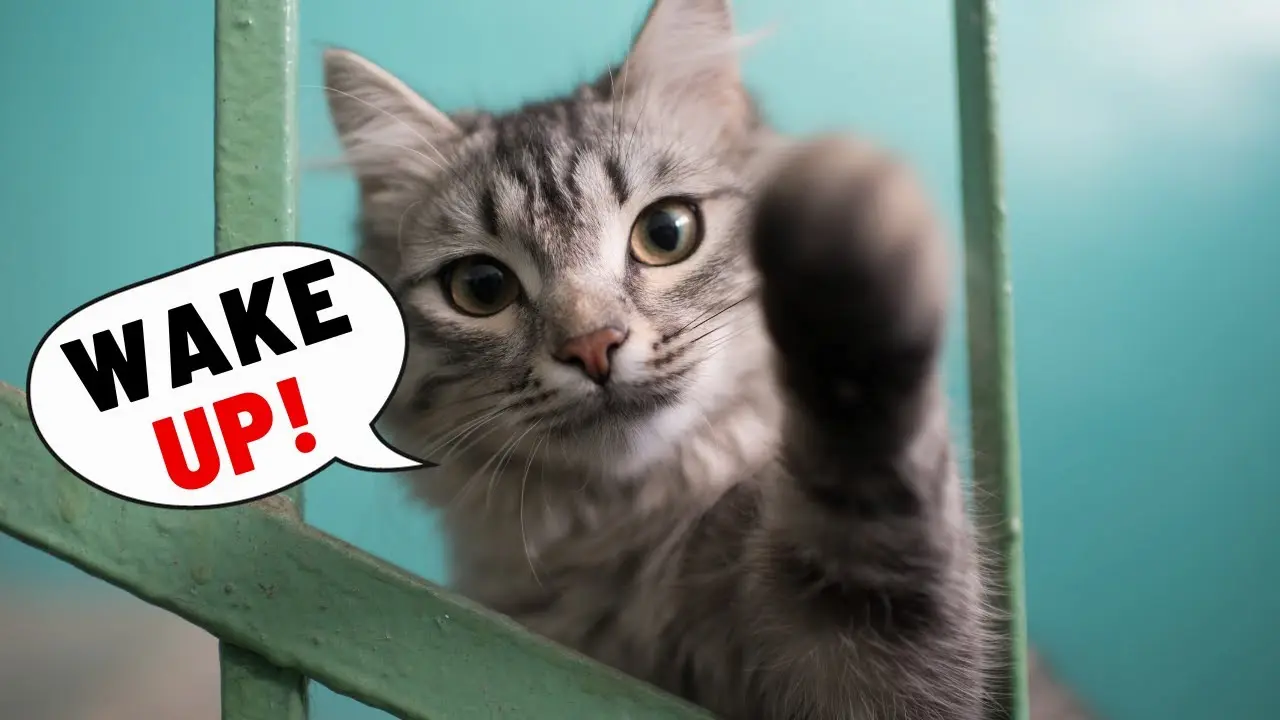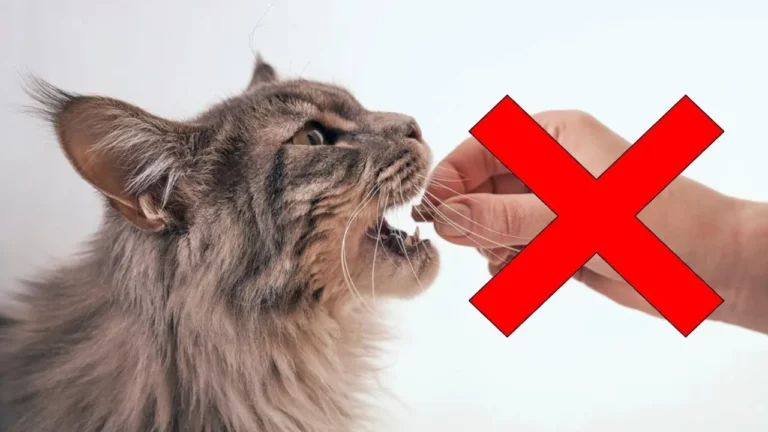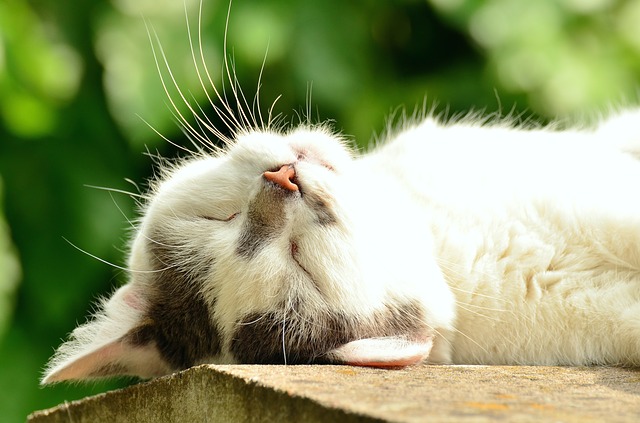How to Train Your Cat to Let You Sleep Through the Night
Most
To train a
By setting consistent feeding schedules and engaging in focused playtime before bed,
Ignoring nighttime disruptions and creating a conducive sleep environment further encourages a peaceful night.
Discovering how to balance these elements can transform restless nights into a harmonious sleep schedule for both
Understanding Cat Sleep Patterns
Understanding
This behavior stems from their wild ancestry, where hunting at these times increased their chances of catching prey. Even in domestic settings, these instincts persist, driving much of their activity.
Cats typically sleep between 12-16 hours a day, in short bursts rather than long stretches.
Their sleep is divided into light and deep phases, allowing them to wake easily to sudden movements or noises.
Observing a
Feeding Schedules and Sleep
Maintaining a consistent feeding schedule is crucial for aligning a
By feeding their
The last meal should be given 2-2.5 hours before bedtime. This timing allows the
After eating, cats often engage in grooming, leading to a natural wind-down. It’s important to uphold this routine daily, as cats thrive on predictability.
Regular, timely feeding not only supports better sleep but also reduces stress, making the household more harmonious.
In this way, a consistent feeding schedule fosters a peaceful night for both cats and their owners.
Pre-Bedtime Play Rituals
Incorporating pre-bedtime play rituals can help burn off a
Aim for around 15-20 minutes of vigorous play, simulating hunting to tap into their natural instincts.
This routine not only tires them out but also strengthens the bond between the
Following playtime, offer a small meal to mimic the natural hunt-eat-groom-sleep cycle.
Consistency is key, so make this ritual a nightly habit. By establishing this routine,
Ignoring Nighttime Disruptions
Resisting the urge to respond to nighttime disruptions is vital for teaching cats proper boundaries. When a
Reacting, even negatively, can reinforce the behavior, making it more challenging to break the cycle. Owners should stay firm, understanding that cats are creatures of habit and will eventually learn that nighttime is for sleeping, not play.
Patience is key; over time, the
Ignoring disruptive behaviors at night can lead to better sleep and a stronger bond built on mutual respect.
Creating a Sleep-Friendly Environment
Establishing a sleep-friendly environment helps guarantee that both the
Make sure this space includes a comfortable bed, some favorite toys, and maybe a soft blanket.
Use blackout blinds to block early morning light, which can overstimulate a
Keep the bedroom cool and dim, creating a calm atmosphere conducive to sleep.
Regularly clean the litter box before bedtime to prevent any midnight mishaps.
Introducing calming pheromones can also help reduce stress and create a serene environment. By prioritizing these elements, the household can enjoy peaceful and uninterrupted rest, strengthening the bond between
Health and Well-being Tips
Prioritizing a
A balanced diet prevents obesity and supports overall health, while also stabilizing energy levels. Providing scratching posts helps maintain claw health, and regular grooming prevents matting and promotes bonding.
Cats find comfort in sleeping close to their owners, enhancing feelings of security and reducing nighttime disruptions. Monitoring for signs of illness or distress ensures timely interventions, preventing sleep disturbances.
Close contact with a
Strengthening Your Bond
Building a strong bond with your
Spend quality time engaging in activities your
Establishing a routine where you and your
Cats thrive on predictability, so maintaining consistent schedules helps them feel safe. By respecting your
A well-bonded
This deep bond leads to peaceful nights and a harmonious home.
Conclusion
By incorporating consistent feeding schedules, engaging in pre-bedtime play, and creating a sleep-friendly environment, you can help your
For instance, Sarah’s
Patience and consistency are key—just like Sarah, you’ll find that a harmonious sleep schedule strengthens the bond between you and your kitty companion, leading to more restful nights.






